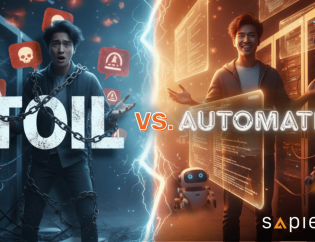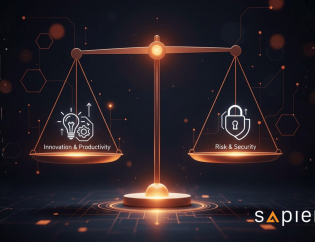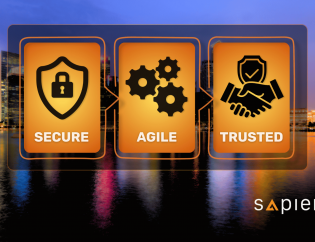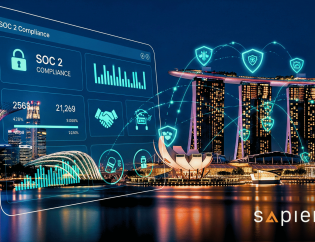Understanding
ISO 27001:
How the Statement of Applicability, Risk Management, and Continual Improvement Work Together
Written by:
Principal Consultant
Sapience Consulting
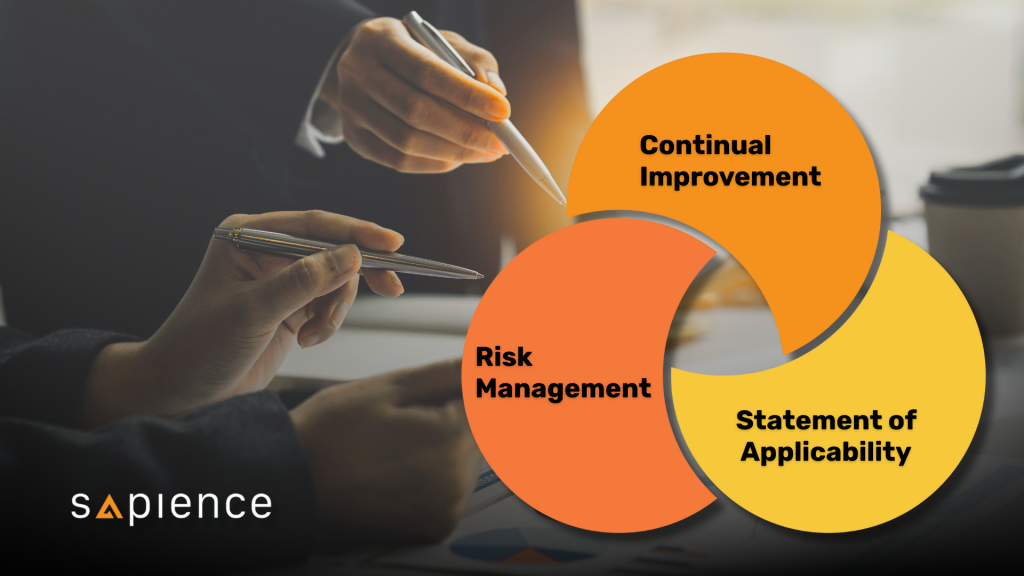
within ISO 27001
In an era where data breaches and information security threats are rampant, organisations are increasingly turning to frameworks like ISO 27001 to establish effective Information Security Management Systems (ISMS). A key component of ISO 27001 is the Statement of Applicability (SoA), which plays a crucial role in linking risk management processes and continual improvement practices. This blog post will explore how the SoA, risk management, and the continual improvement process are interrelated within the ISO 27001 framework.
ISO 27001: A Brief Overview 
ISO 27001 is an international standard that specifies the requirements for establishing, implementing, maintaining, and continually improving an ISMS. The primary goal is to protect sensitive information, ensuring its confidentiality, integrity, and availability. The standard promotes a risk-based approach to managing information security, emphasizing the need for organisations to assess their unique security risks and implement controls accordingly.
The Statement of Applicability (SoA)
What is the SoA?
The Statement of Applicability is a mandatory document in the ISO 27001 framework. It serves multiple purposes:
- Summary of Controls: The SoA lists the security controls from Annex A of the ISO 27001 standard that the organisation has selected to mitigate identified risks.
- Justification: It provides a justification for the inclusion or exclusion of each control, explaining why certain controls are applicable or not.
- Status Tracking: The SoA also includes the current status of each control, indicating whether it is implemented, not implemented, or in progress.
Importance of the SoA
The SoA is pivotal for several reasons:
- Risk Management: It directly reflects the organisation’s risk assessment and risk treatment plans, ensuring that the selected controls are aligned with identified risks.
- Compliance and Accountability: The SoA serves as a reference for auditors and stakeholders, demonstrating that the organisation is compliant with ISO 27001 requirements.
- Communication Tool: It communicates the organisation’s approach to information security internally and externally, fostering a culture of security awareness.
The Role of Risk Management in ISO 27001
Understanding Risk Management
Risk management is the cornerstone of ISO 27001. The standard mandates a systematic process to identify, assess, and treat information security risks. The steps involved include:
- Risk Identification: Recognising potential threats and vulnerabilites that could impact the organisation’s information assets.
- Risk assessment: Evaluating the likelihood and impact of identified risks to prioritise them based on their severity.
- Risk Treatment: Deciding on the measures to mitigate risks, which often involves selecting appropriate controls from the SoA.
Link to the SoA
The relationship between risk management and the SoA is intrinsic. The SoA is the tangible output of the risk assessment process, capturing the organisation’s decisions on which controls to implement based on its risk profile. For example, if a risk assessment identifies a significant threat to data confidentiality, the SoA will reflect controls such as encryption or access control measures that have been selected to address that risk.
Continual Improvement Process
What is Continual Improvement?
Continual improvement is a core principle of ISO 27001 and refers to the ongoing effort to enhance processes, products, and services. In the context of an ISMS, it involves regularly evaluating and improving the effectiveness of security controls and overall information security performance.
Steps in the Continual Improvement Process
- Monitoring and Measurement: Regularly track the performance of implemented controls and the ISMS itself.
- Internal Audits: Conduct audits to assess compliance with ISO 27001 requirements and the effectiveness of the ISMS.
- Management Review: Top management should periodically review the ISMS to ensure its continued alignment with business objectives and risk landscape.
- Corrective Actions: Identify and implement corrective actions for any nonconformities discovered during monitoring, audits, or reviews.
- Updating the SoA: The SoA must be updated to reflect changes in risk assessments, control implementations, and the outcomes of the continual improvement process.
Connection to Risk Management
The continual improvement process is inherently linked to risk management. As organisations monitor their ISMS and the effectiveness of controls, they often uncover new risks or changes to existing risks. This prompts a re-evaluation of the risk management strategy, leading to updates in the SoA and potentially the implementation of new controls.
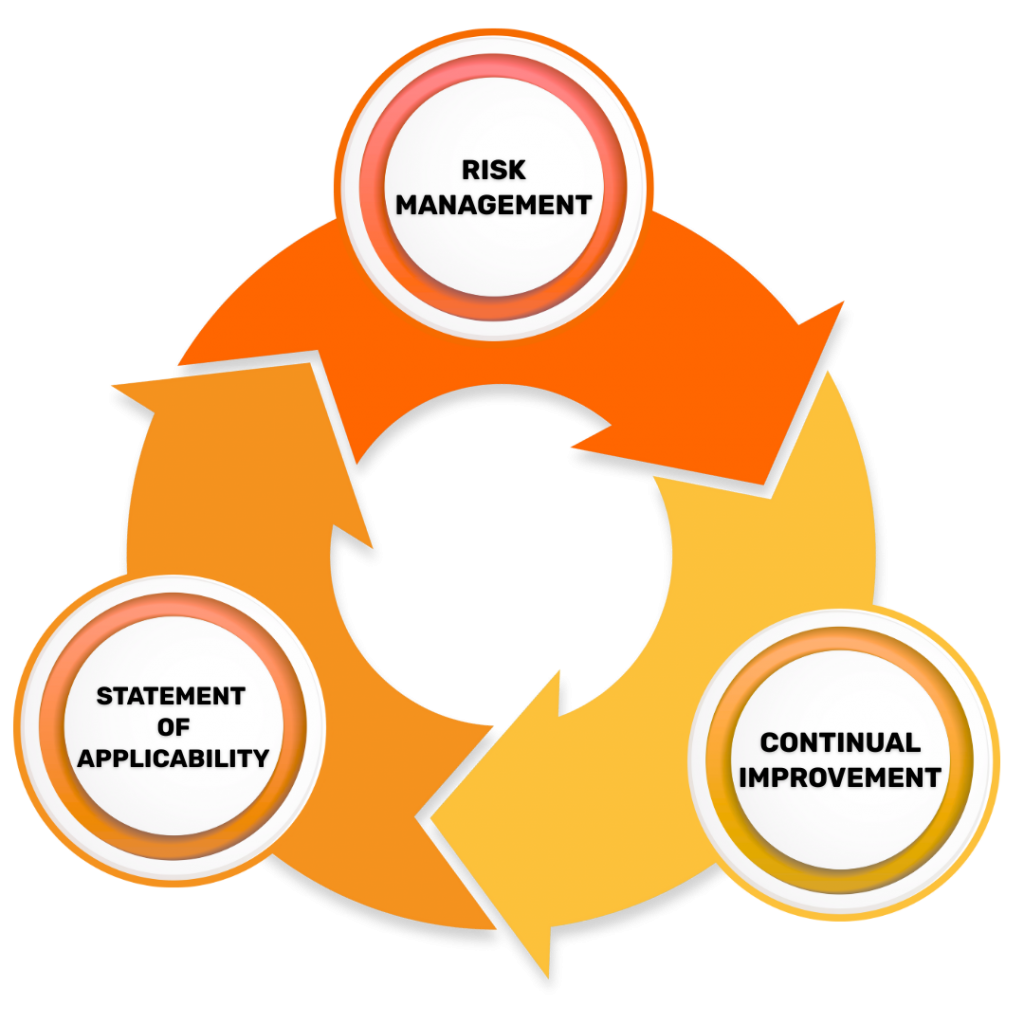
The Interplay Between SoA, Risk Management, and Continual Improvement
A Dynamic Relationship
The relationship between the SoA, risk management, and the continual improvement process is dynamic and cyclical. Here’s how these elements interact:-
Starting Point: Risk management begins with identifying and assessing risks, leading to the development of the SoA that outlines which controls will be applied.
-
Implementation and Monitoring: Once controls are implemented, the continual improvement process kicks in, involving monitoring and measuring their effectiveness.
-
Feedback Loop: Insights gained from monitoring and audits feed back into the risk management process. New risks may be identified, leading to adjustments in the SoA.
-
Documentation Updates: As changes occur in risk assessments and control implementations, the SoA must be updated to ensure it remains an accurate reflection of the organisation’s information security posture.
-
Organisational Learning: This continuous cycle fosters a culture of organisational learning, where lessons learned inform future decisions, improving both risk management and the effectiveness of the ISMS.
In Conclusion
The integration of the Statement of Applicability, risk management, and the continual improvement process within ISO 27001 creates a robust framework for managing information security. Understanding the relationships between these elements not only enhances compliance with the standard but also strengthens an organisation’s overall security posture. As threats to information security evolve, organisations must remain agile and proactive, leveraging these interconnected processes to safeguard their critical information assets.
By embracing the principles of ISO 27001 and fostering a culture of continual improvement, organisations can navigate the complexities of today’s digital landscape while ensuring the confidentiality, integrity, and availability of their information.
As a trusted leader in professional development, Sapience empowers you to invest in your future.
Don’t wait – Explore our available funding and leverage our expertise to upskill without financial strain.


